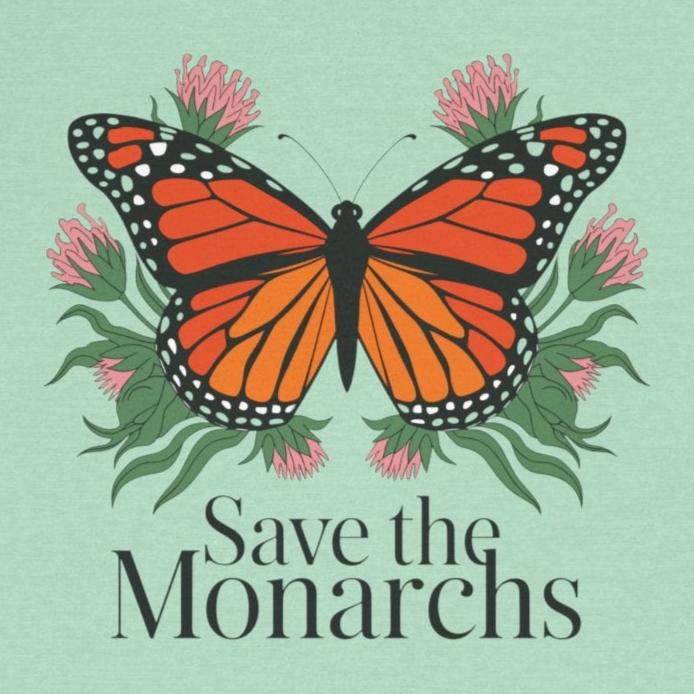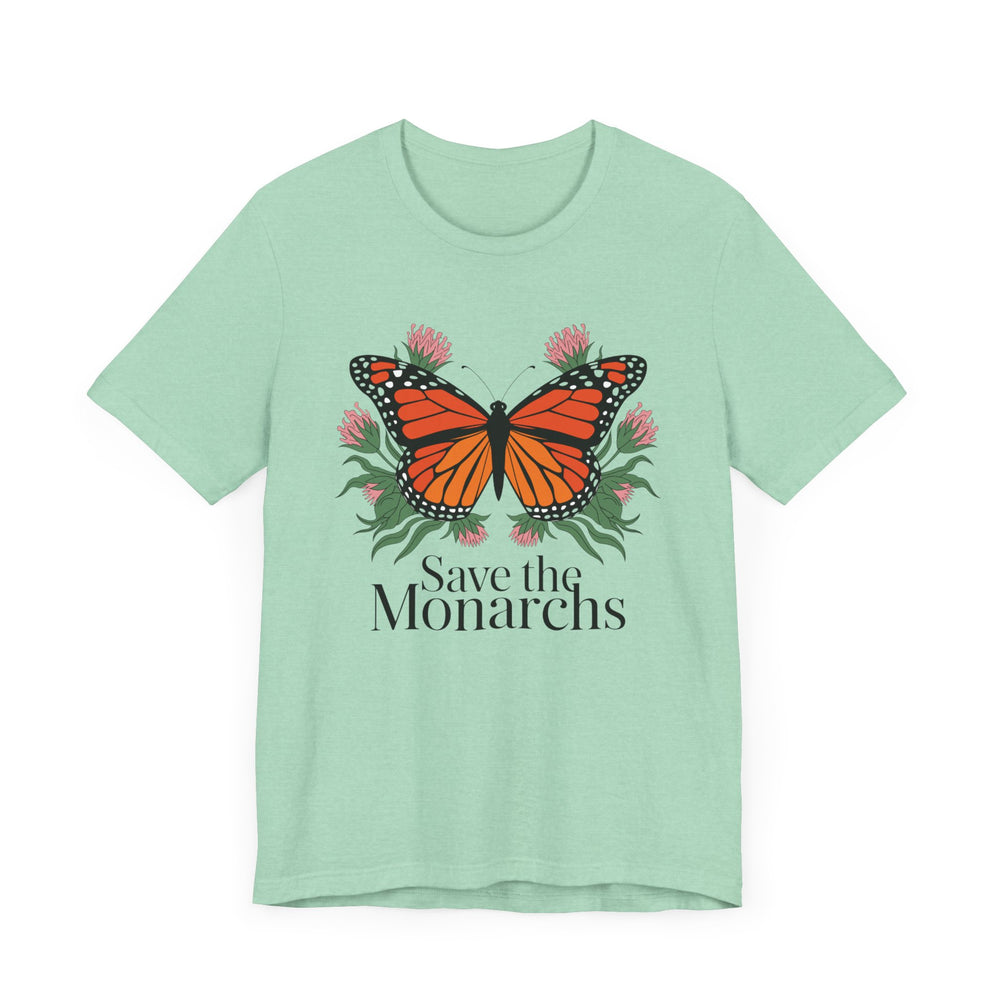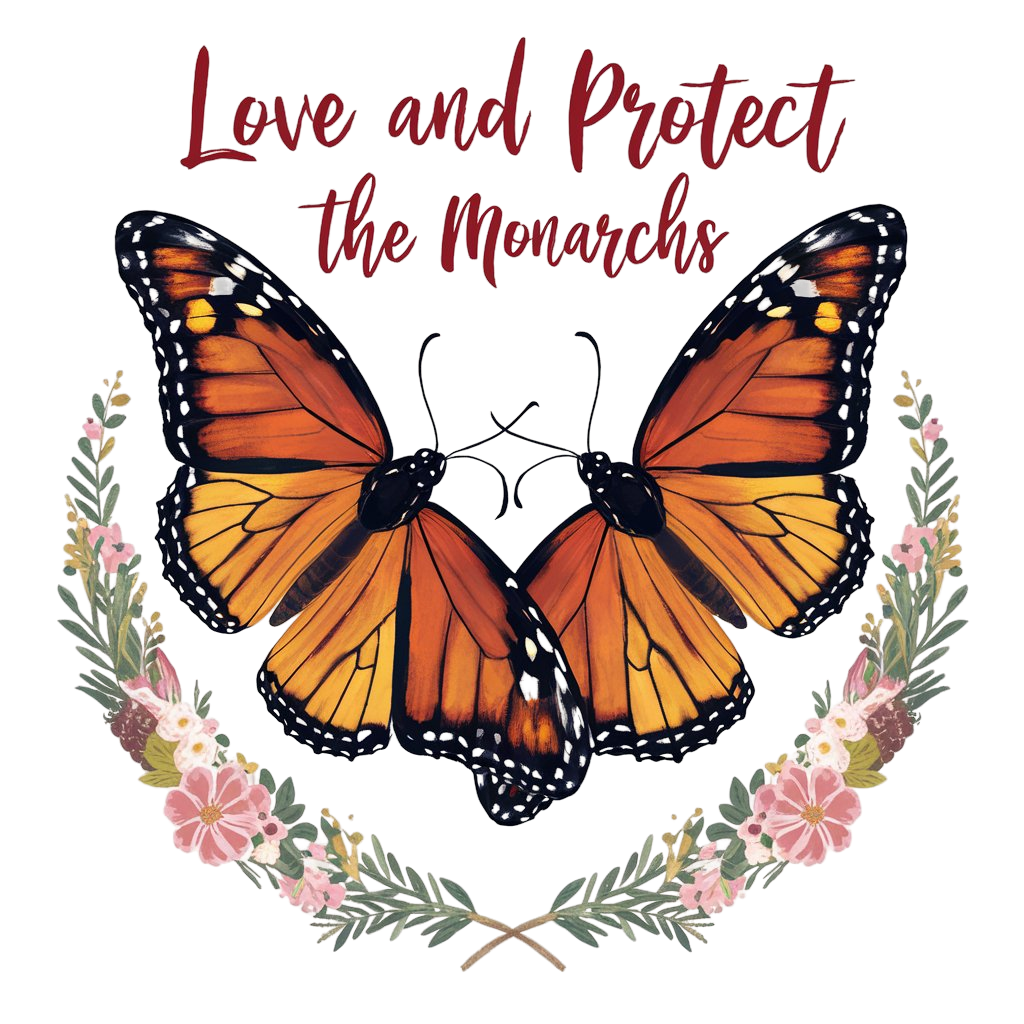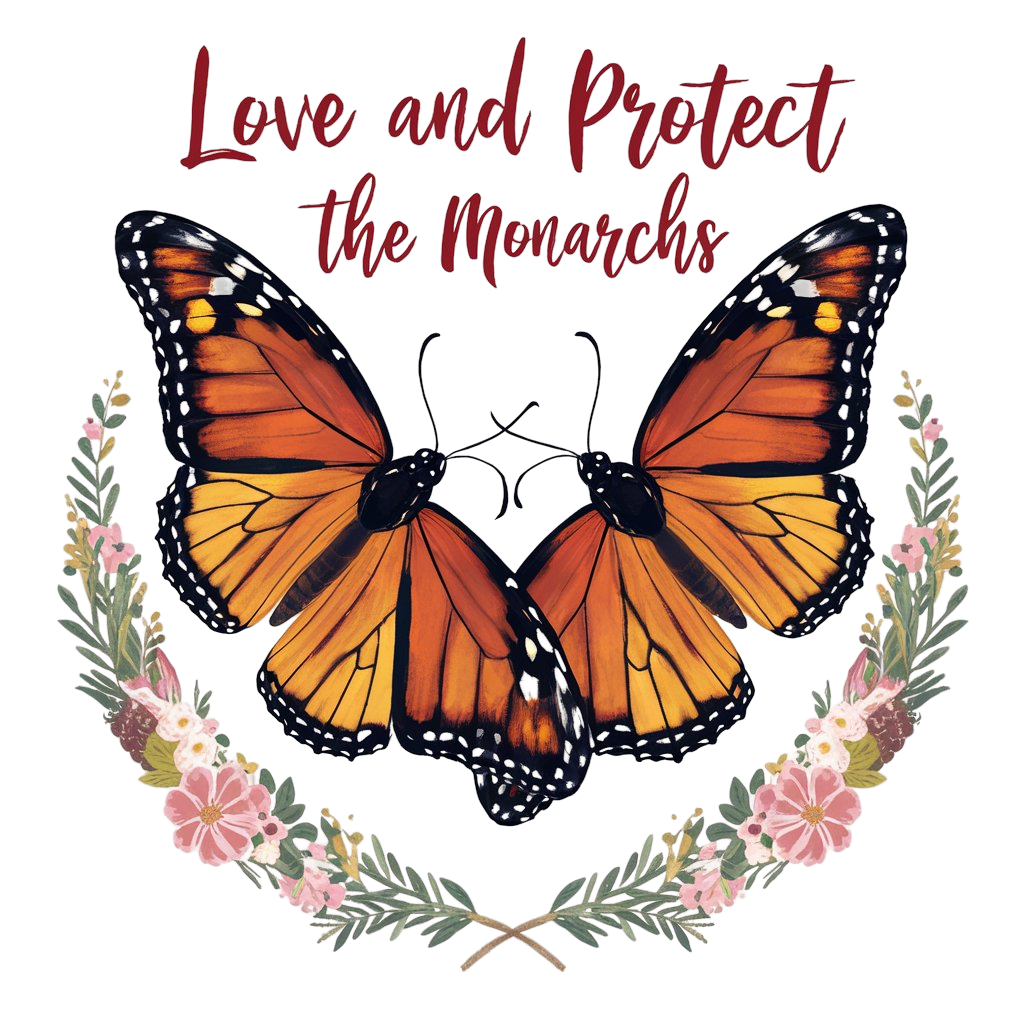The Incredible Journey of the Monarch Butterflies: Overwintering in Mexico

Monarch butterflies are a familiar sight in gardens and parks, admired for their bright colors and graceful movements. But did you know that Monarchs are also famous for their incredible migratory journey that takes them thousands of miles across North America to reach their wintering grounds in Mexico? In this article, we will explore the phenomenon of Monarch overwintering and why it's crucial for the survival of this iconic butterfly species.

Where Do Monarchs Overwinter?
Each year, millions of Monarch butterflies migrate to Mexico to overwinter in the Trans-Mexican Volcanic Belt region, which spans across the states of Mexico, Michoacán, and Mexico City. The Monarchs form dense clusters on the branches and trunks of oyamel fir trees in the region's forests, which provide them with a suitable microclimate for surviving the winter months. The oyamel fir trees provide natural insulation to the Monarchs, helping them conserve heat and protect themselves from the cold temperatures, which can drop below freezing at night.

Why is Overwintering Important for Monarch Butterflies?
Overwintering is a critical period for Monarch butterflies because it allows them to conserve energy and prepare for the upcoming breeding season. The Monarchs that overwinter in Mexico are the same ones that migrate from the United States and Canada in the fall, and they will be the ones that return to their breeding grounds in the spring. Without a successful overwintering period, Monarch populations would not be able to survive and thrive.

Five Fascinating Facts About Monarch Overwintering:
-
Monarch butterflies travel thousands of miles to reach their overwintering sites, with some individuals traveling up to 3,000 miles from their summer breeding grounds in the United States and Canada.
-
The oyamel fir trees in the Trans-Mexican Volcanic Belt region provide a crucial microclimate for Monarchs, with stable temperatures and high humidity.
-
The dense clusters of Monarchs hanging on the trees can weigh over a ton, with each cluster containing thousands of butterflies.
-
Despite the clustering, Monarchs are still susceptible to predators, such as birds and mammals, during the winter months.
-
Monarchs that overwinter in California are known to have a shorter lifespan than those in Mexico, as they experience more variation in temperatures and are more exposed to predators.

How Can We Help Preserve Monarch Populations During Winter?
There are several ways that individuals and communities can help preserve Monarch populations during the winter months:
-
Plant native milkweed and nectar plants in your garden to provide food sources for Monarchs during the winter months.
-
Create a butterfly habitat in your backyard by providing shelter, food, and water sources for butterflies.
-
Avoid using pesticides and herbicides in your garden, as these can harm Monarchs and their food sources.
-
Support local conservation efforts by donating to Monarch conservation programs or participating in community planting events.
-
Educate others about the importance of Monarch conservation and encourage them to take action to help preserve these beautiful creatures.
In summary, the Monarch butterflies' migratory journey to their overwintering sites in Mexico is a remarkable feat that showcases the resilience and strength of these beautiful creatures. By taking steps to help preserve Monarch populations during the winter months, we can ensure that they continue to thrive and inspire us for generations to come.




























Leave a comment